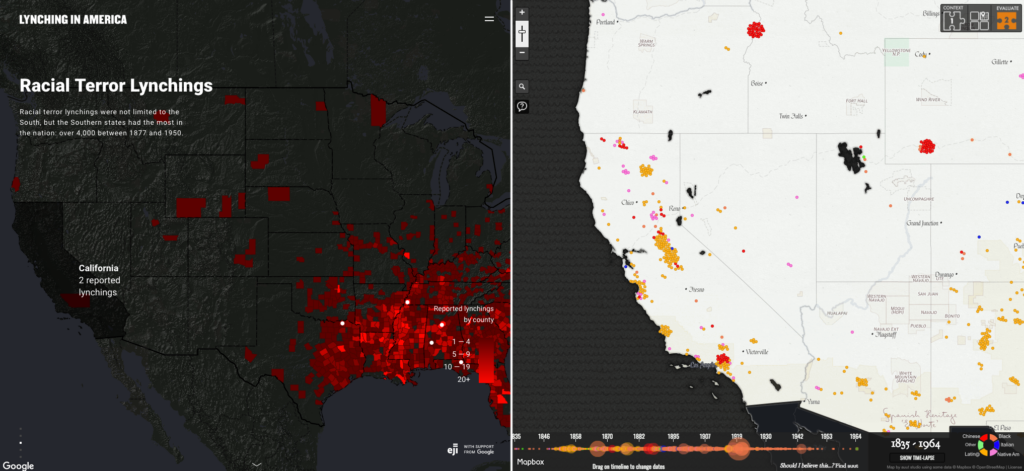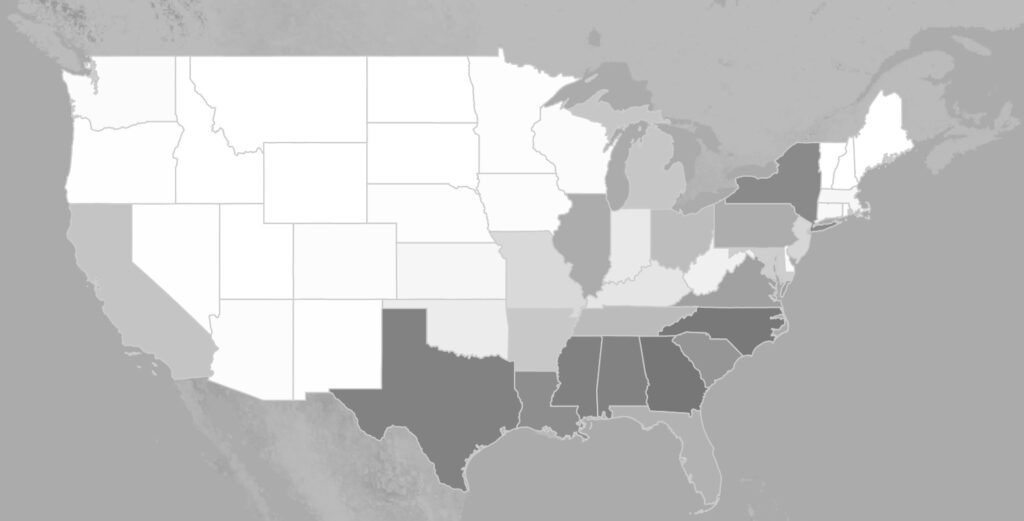The focus on lynchings in African American history, especially in the Southern US during Jim Crow, is crucial. But it almost simplifies racial violence to a certain extent. Lynchings were horrific and symbolic of white supremacy, but they’re just a small piece of a much larger puzzle. Racial oppression included many forms of abuse, not just public executions. Lynchings have become a symbol of racial hatred, shaping attitudes and policies.
While lynchings are often associated with the Southern United States during the Jim Crow era, it’s important to recognize that they weren’t only happening in this region. Lynchings occurred throughout the country, including in the North and West. They might have been less frequent but were almost more powerful. African Americans faced all sorts of racial violence in various parts of the nation. They showed that racial problems were not just subject to only happening in the South. Lynchings served as brutal displays of racial terror and domination.

Comparing the two maps shows big differences, especially on the West Coast. In California, it shows two different maps. One of them shows only lynchings of African Americans, and the other depicts lynchings of all sorts of various races such as Italians, Latinos, and Native Americans. The second map shows widespread lynchings across California, reflecting white supremacy enforcement. However, the first map lacks clarity and suggests fewer lynchings in California actually happened. This is problematic as it downplays California’s history of racial violence, which goes against efforts like the Equal Justice Initiative’s aim to challenge black incarceration.

I took this screenshot from the article, Lynching In America. I placed the map in 1950, so it shows the percentage of the total US African American population. The South obviously has the highest percentage of African Americans, but the fact that there were even lynchings in areas outside of the South is super powerful and important. Recognizing that lynchings occurred beyond the South is important for understanding the total extent of racial violence in American history. Lynchings in regions outside the South, like the West and Midwest, challenge the common belief that racial terror was limited to a specific area. These incidents across diverse regions highlight the widespread nature of racism. Take California for example, the first image I included makes it seem like only two lynchings happened there. That is an incorrect depiction because the next map I included shows that lynchings in California were not rare, and were actually rather common.
Understanding where data and information come from and its context is crucial for accurate understanding. Without this understanding, there’s a risk of misinterpretation or drawing incorrect conclusions. For example, if you did not include all of the maps in the article, one might think lynchings were not that big of a problem in California. Prioritizing transparency and critical analysis of data origins helps readers understand the full picture.


Excellent comparison of the two maps and I think you comparison shows insight and thoughtfulness. My only critique is that you don’t engage in a direct way with material in the reading – you seem to largely agree with it, but their focus isn’t EXCLUSIVELY about mapping, but data visualization more broadly. What do you think of their larger arguments?